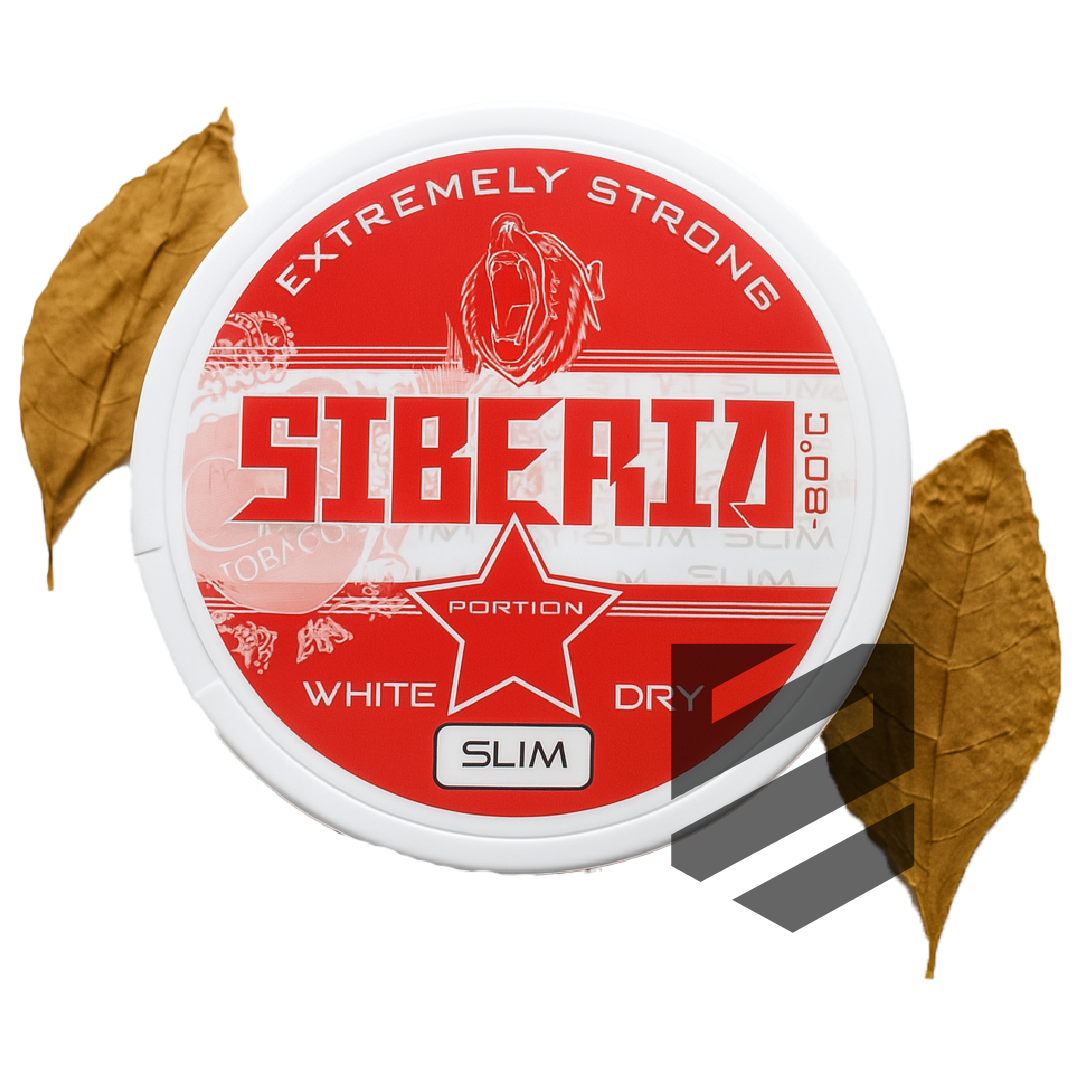Snus ist eine rauchfreie Tabak/Nikotin Alternative, die vor allem in Skandinavien weit verbreitet ist und zunehmend auch in der Schweiz an Beliebtheit gewinnt. Aber was genau ist Snus, wie wirkt er, und warum wird er immer beliebter? Dieser Artikel gibt dir alle Antworten – von den Grundlagen bis hin zu praktischen Tipps für Anfänger.

Was ist Snus?
Snus ist eine feuchte Tabakmischung, die in kleinen Portionen unter die Ober- oder Unterlippe gelegt wird. Anders als andere Tabakprodukte wird Snus weder gekaut noch geraucht, sondern entfaltet seine Wirkung über die Mundschleimhaut.
Woraus besteht Snus?
Snus wird aus verschiedenen Zutaten hergestellt, darunter:
- Gemahlener Tabak: Die Basis jeder Snus-Mischung.
- Salz: Es sorgt für einen charakteristischen Geschmack und verlängert die Haltbarkeit.
- Aromen: Von klassischem Tabakgeschmack bis hin zu exotischen Früchten und Minze gibt es zahlreiche Varianten.
- Feuchtigkeitsmittel: Damit der Snus lange frisch bleibt.
Welche Sorten von Snus gibt es?
-
Portionierter Snus: In kleinen, fertigen Beuteln – praktisch und diskret.
-
Loser Snus: Ohne Beutel, individuell formbar für stärkere und persönlichere Erlebnisse.
-
Nikotinfreie Varianten: Für alle, die das Ritual geniessen möchten, aber auf Nikotin verzichten wollen.
-
Aromatisierte Sorten: Von Minze und Menthol bis hin zu tropischen Früchten oder Lakritz.
Bei uns im Shop findest du eine grosse Auswahl an verschiedene Snus-Sorten. Schau doch einmal vorbei: Hier klicken.
Woher kommt Snus? – Ein Blick in die Geschichte
- Ursprung in Schweden: Snus wurde im 18. Jahrhundert in Schweden entwickelt und gilt dort bis heute als traditionelles Genussmittel.
- Export in die Welt: In den letzten Jahrzehnten hat Snus internationale Aufmerksamkeit erlangt und wird heute auch in Ländern wie der Schweiz, Norwegen und den USA geschätzt.
- Beliebtheit in der Schweiz: Mit der steigenden Nachfrage nach rauchfreien Alternativen hat Snus auch in der Schweiz an Popularität gewonnen.
Wie wirkt Snus?
Die Wirkung von Snus hängt stark von der Nikotinmenge und der individuellen Toleranz ab.
Was passiert im Körper?
-
Nikotinaufnahme: Das Nikotin wird über die Mundschleimhaut aufgenommen und gelangt schnell ins Blut.
-
Anregung: Viele empfinden einen Energieschub und eine gesteigerte Konzentration.
-
Entspannung: Manche nutzen Snus zur Stressbewältigung.
Unterschied zwischen Snus, Rauchen und Kautabak
- Snus vs. Rauchen: Snus belastet die Lunge nicht und ist unauffälliger zu konsumieren. Es entsteht weder Rauch noch unangenehmer Geruch.
- Snus vs. Kautabak: Im Gegensatz zu Kautabak wird Snus nicht gekaut, sondern liegt still unter der Lippe. Dadurch ist der Gebrauch diskreter.
Vorteile und Nachteile von Snus
Vorteile:
- Rauchfreie Alternative: Keine schädlichen Substanzen wie Teer oder Kohlenmonoxid.
- Diskrete Nutzung: Besonders portionierter Snus ist einfach anzuwenden und hinterlässt kaum Spuren.
- Grosse Auswahl: Von mild bis stark und mit verschiedenen Geschmacksrichtungen für jeden Geschmack.
- Längere Haltbarkeit: Dank der Zugabe von Salz bleibt Snus über einen langen Zeitraum frisch.
Nachteile:
- Abhängigkeit: Die hohe Nikotinmenge kann süchtig machen.
- Zahnfleischprobleme: Langfristiger Konsum kann das Zahnfleisch schädigen und Rückgänge verursachen.
- Gesundheitsrisiken: Obwohl weniger schädlich als Rauchen, ist Snus nicht risikofrei.
- Rechtliche Einschränkungen: In der EU (ausser Schweden) ist Snus nicht frei verkäuflich.







Share:
Mundgeruch von Snus?
Ist Snus schädlich? Die wichtigsten Nebenwirkungen und Risiken im Überblick